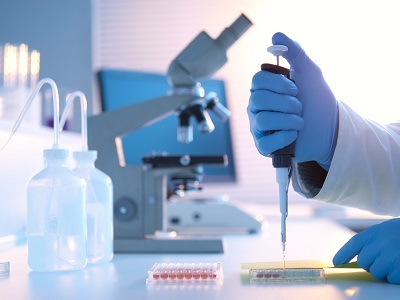
Ultimately, both serologicals and repeaters are great tools that can really help you get the results that you need, but after considering the above differences between the two you should have a better idea of the product best suited for your research. Conversely, for smaller-sized experiments and those that require a high degree of volume accuracy or minimal cell clumping, serological pipettes are the best choice. Applicationsįor larger laboratory experiments that require a great deal of pipetting and possess long pipetting series’, repeater pipettes are ideal in order to minimize the amount of manual labor required and maximize efficiency. For smaller sized experiments with shorter pipetting series’, these pipettes are a great choice that will give you the accuracy and clarity that you need to conduct effective research.

Serological pipettes offer benefits over other types of pipettes in terms of visibility, volume accuracy, optical transparency and cell clumping. Take a look at our selection here for all of the serological products and pipet aids that you need. Additional Toolsĭue to the high level of attention and detail required for the procedures mentioned above and the levels of liquids that are typically aspirated and dispensed using serological pipettes, it is necessary to use a controller/pipet-aid in order to help you control your dispensing down to the millimeter. Typically, they are used to transfer these liquids between receptacles, mix chemical solutions or lay reagents that possess varying densities. Serological pipettes are temperature calibrated and best for lab technician s that need to transfer small amounts of liquid in the range of 1 mL to 50 mL.

In addition, its volume ranges from 1ul to 10ml in order to accommodate various kinds of experiments. It offers the ability to dispense any liquid in a precise and accurate manner regardless of its viscosity, density and volatility. The Eppendorf Repeater M4 is an example of a great repeater pipette with a high degree of efficiency, dispensing flexibility and user-friendliness. C ontrary to standard pipettes, repeaters use a filling and dispensing level as opposed to a plunger and give you the benefit of saving time and effort during your experiment. Repeater pipettes are used for their ability to set and dispense specific volumes into multiple receptacles, eliminating the need to aspirate between dispenses. If you’re in the process of deciding between the numerous serologicals and repeaters on the market, our team at can help you determine the best one for you using our comparison of these two pipettes below. This saves reagents and sample material, but also reduces the consumption of consumables.Both serological pipettes and repeater pipettes offer unique benefits that can help any laboratory, but each one is best suited for certain purposes.

Precisely working pipettes and devices guarantee that tests do not have to be repeated unnecessarily to obtain correct results. Since pipettes are precision instruments with parts subject to normal wear and tear leading to imprecision over the time, only regular maintenance and calibration of pipettes assures a consistent result quality. The precision and accuracy of pipettes and dispensers are important for the quality of all your work results. What about cost-of-ownership? Extend the life of your pipetting instrument by regular cleaning and inspection, regular maintenance, and repair and exchange of spare parts instead of new pipette purchases The price often plays a decisive role when purchasing the next pipette. The longer the life of a pipette, the more favorable for you as an user and our environment. An ergonomic design of the pipette itself is the starting point. But also, the mental well-being is negatively affected by high pressure and stress during daily work.

Air-conditioned rooms, heavy, unwieldy equipment and constantly repetitive movements put strain on the musculoskeletal system. The strain is increasing, and the daily workload is demanding for body and mind. Workflows in today’s laboratories get more and more condensed. Healthy working conditions become more and more important and the pipette takes center stage in critical ergonomic considerations. The current technologies limit the usage of bio-based raw material as chemical stability and longevity is mandatory. Chemical resistance and autoclavability pre-define specific material usage as well as specific design.


 0 kommentar(er)
0 kommentar(er)
